Breaking Down Silos: How monday.com Unifies Teams Across DepartmentsIn today’s fast-paced business environment, the biggest roadblock to efficiency isn’t just outdated processes—it’s siloed teams. Different departments often operate in isolation, leading to...
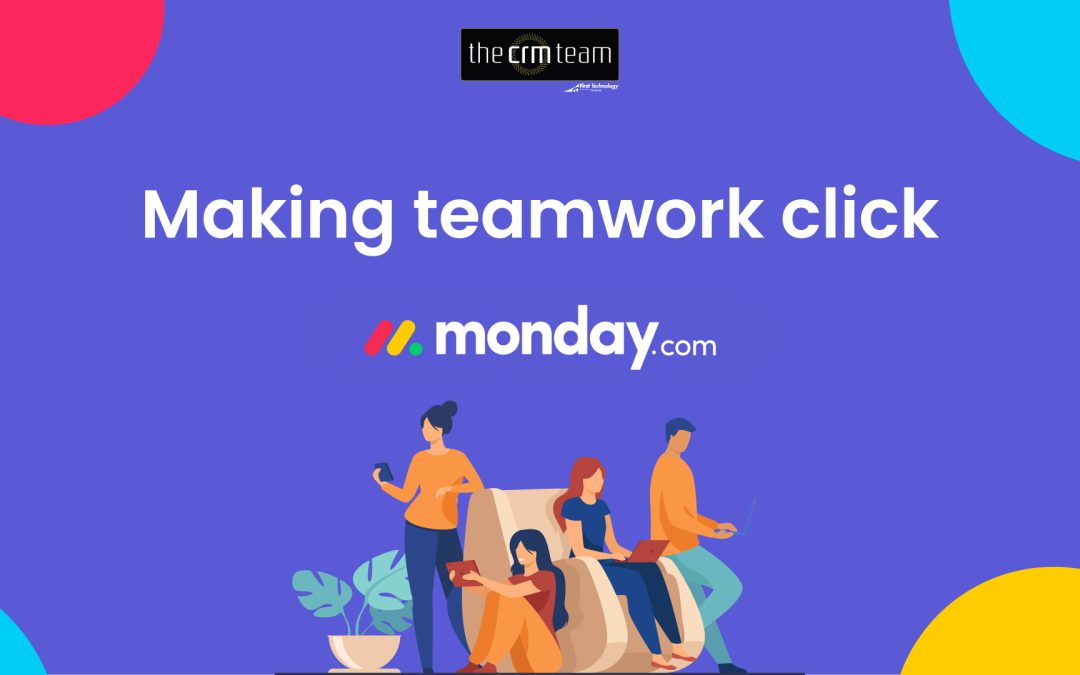
Breaking Down Silos: How monday.com Unifies Teams Across Departments
Breaking Down Silos: How monday.com Unifies Teams Across Departments
The CRM Team
March 14, 2025
8 Mins Read
In today’s fast-paced business environment, the biggest roadblock to efficiency isn’t just outdated processes—it’s siloed teams. Different departments often operate in isolation, leading to communication gaps, duplicated efforts, and misaligned goals. The key to overcoming these challenges? A work management platform that fosters seamless collaboration. That’s where monday.com comes in.

The Problem with Departmental Silos
Silos occur when teams use disconnected tools and processes, making cross-functional collaboration difficult. Sales, marketing, IT, HR, and operations each have their own systems and workflows, leading to:
- Lack of Visibility: Teams struggle to track progress across departments.
- Misalignment on Goals: Different teams prioritize different objectives, causing inefficiencies.
- Ineffective Communication: Important updates are buried in emails or lost in fragmented tools.
- Delayed Decision-Making: Leaders don’t have a unified view of company-wide operations.

How monday.com Helps Break Down Silos
With monday.com, businesses can centralize workflows, making it easier for teams to stay connected and aligned. Here’s how:
- A Single Source of Truth
Instead of scattered spreadsheets, email chains, and separate software, monday.com provides a unified work OS where all teams can track projects, share updates, and collaborate in real time. Every department has access to the same data, reducing miscommunication and improving efficiency.
- Cross-Team Collaboration with Custom Workflows
Every team has different needs, but that doesn’t mean they should work in isolation. monday.com allows businesses to create customized workflows that integrate seamlessly across departments. For example:
- Marketing can sync campaigns with sales efforts to ensure timely follow-ups.
- HR can coordinate recruitment efforts with hiring managers.
- IT can track and resolve support tickets while providing transparency to other teams.
- Automations That Save Time
monday.com’s powerful automations eliminate manual handoffs, reducing friction between teams. Whether it’s notifying the finance team when an invoice is approved or updating sales when a new lead enters the CRM, automations ensure a smooth flow of information across departments.
- Real-Time Dashboards for Better Decision-Making
Executives and team leads need a clear, real-time view of what’s happening across the company. monday.com’s dashboards consolidate data from multiple teams into one place, providing instant insights into progress, bottlenecks, and opportunities.
- Seamless Integrations with Existing Tools
Most teams rely on a variety of tools—CRMs, email platforms, accounting software, and more. monday.com integrates with hundreds of popular applications, from Slack and Microsoft Teams to HubSpot and Jira, ensuring teams can work without disruption.
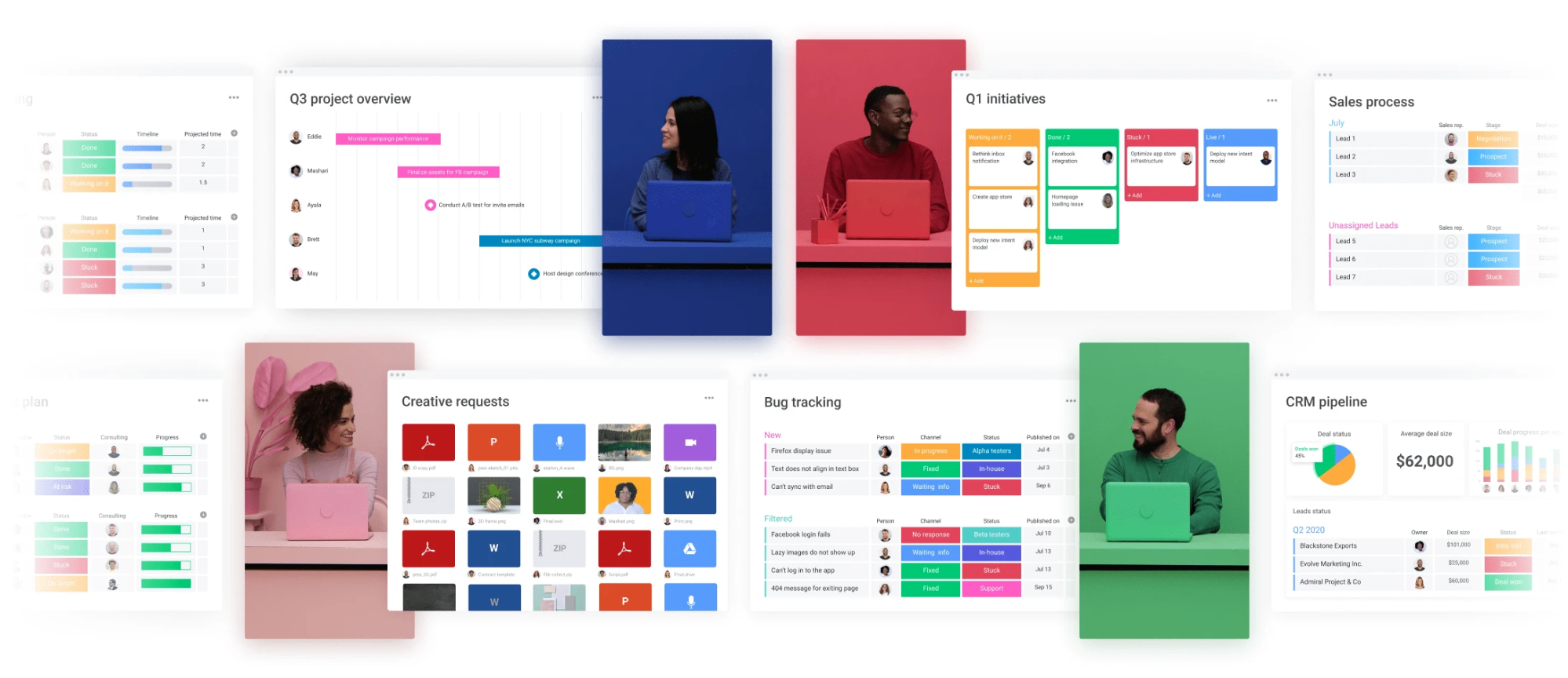
Final Thoughts: Collaboration is the Future of Work
monday.com isn’t just a project management tool—it’s a collaboration powerhouse that helps businesses eliminate silos, improve communication, and drive efficiency. By bringing teams together on a single platform, companies can ensure that every department works towards the same goal: business success.
Ready to unify your teams? Let’s talk about how monday.com can transform the way you work.

Yolani Williams – Content Writer
Yolani Williams is the Content Writer at The CRM Team, with the role of producing relevant content such as blogs, articles, and social media copy. Yolani holds a qualification in Strategic Corporate Communication from the University of Johannesburg and has 3 years of relevant experience in the marketing field.
Don’t miss more articles by The CRM Team
Breaking Down Silos: How monday.com Unifies Teams Across Departments
Avoiding common mistakes when adopting monday.com
Avoiding common mistakes when adopting monday.com - Unlock Its Full Potential for Business Successmonday.com has transformed how businesses manage projects, workflows, and team collaboration. It’s a powerful Work OS that promises automation, real-time insights, and...
Avoiding Pitfalls and Ensuring Success in Dynamics 365 Customer Engagement Implementation
Avoiding Pitfalls and Ensuring Success in Dynamics 365 Customer Engagement Implementation by Taryn EngelbrechtImplementing Dynamics 365 Customer Engagement can be a game-changer for organizations looking to enhance their digital presence and improve customer...
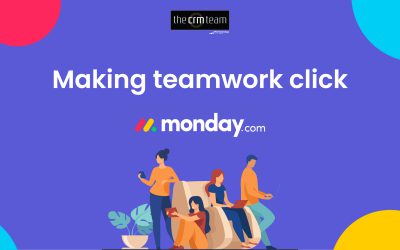
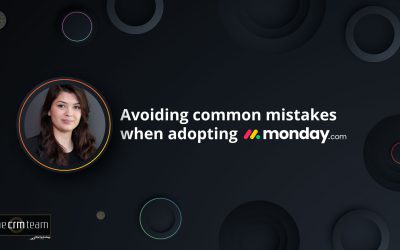
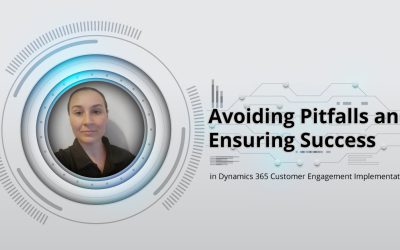
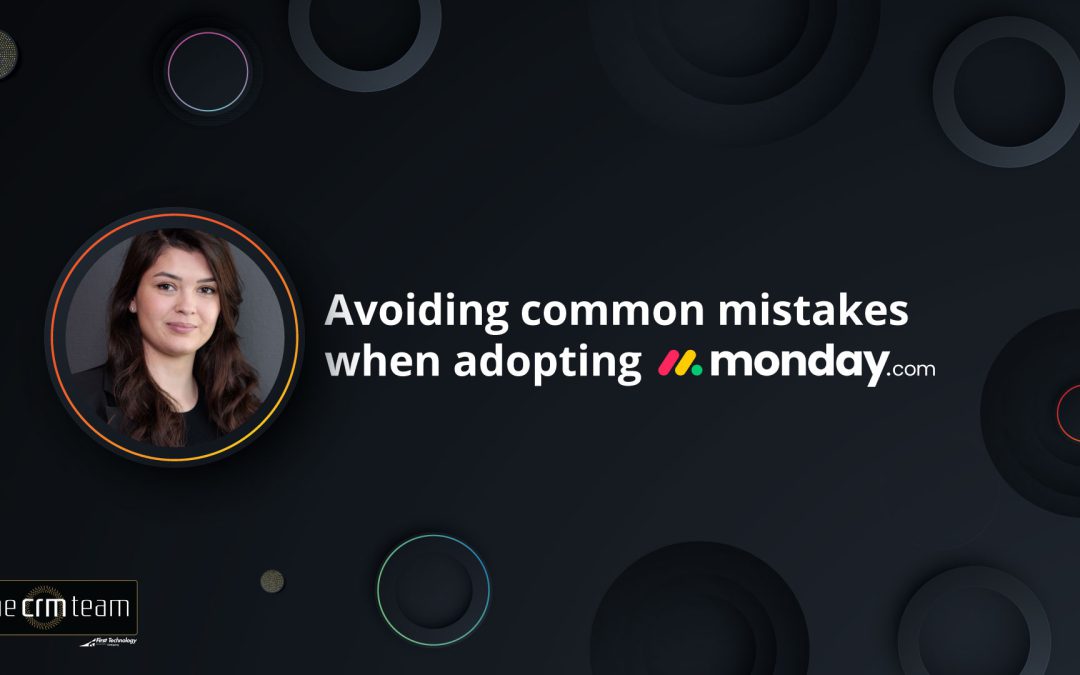

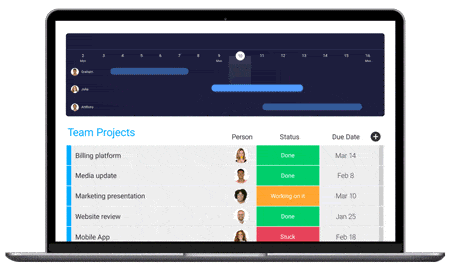
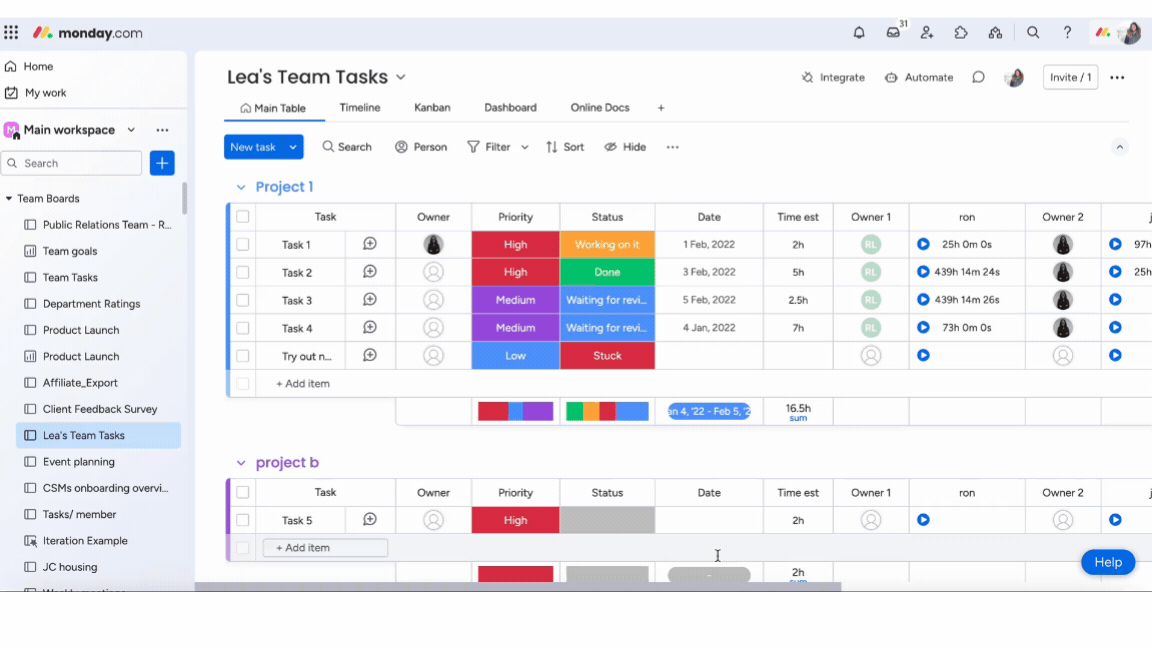
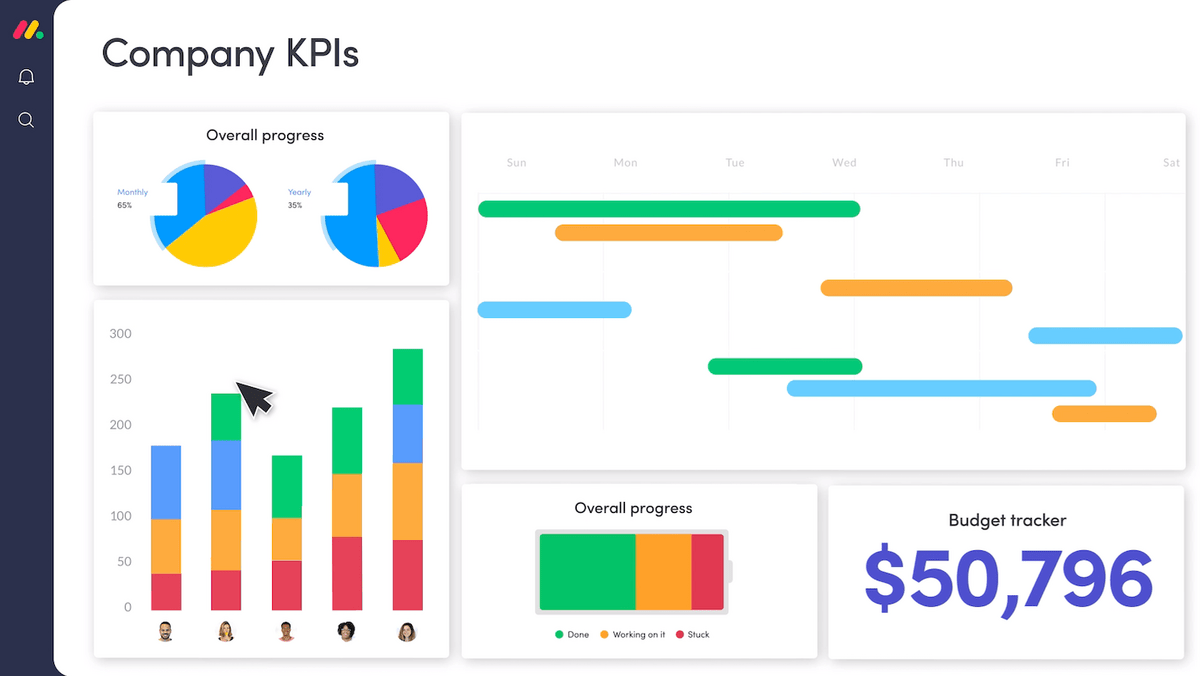

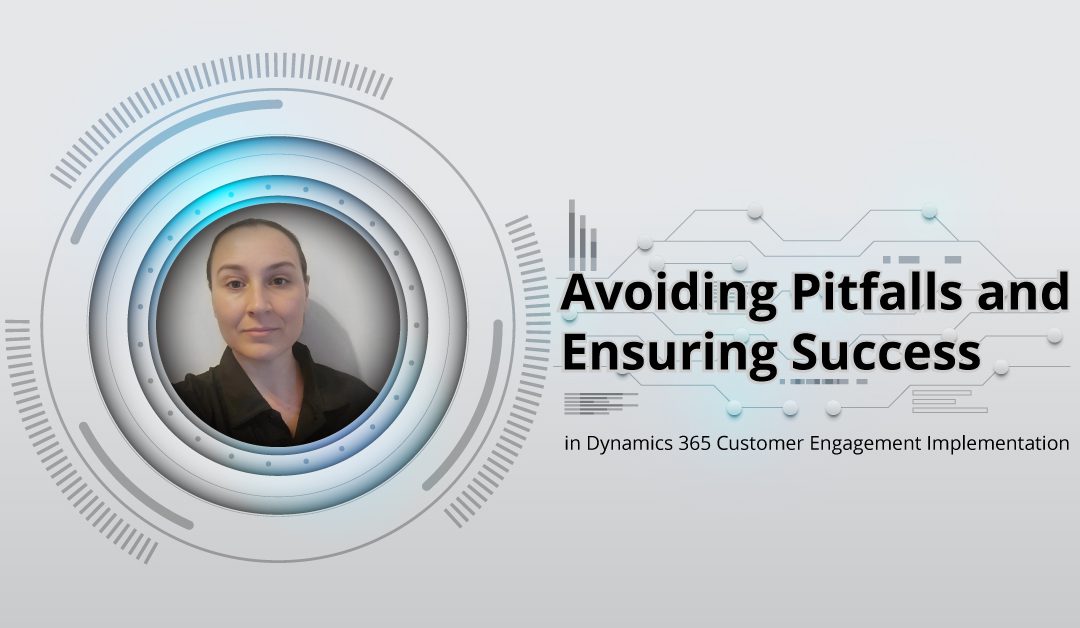






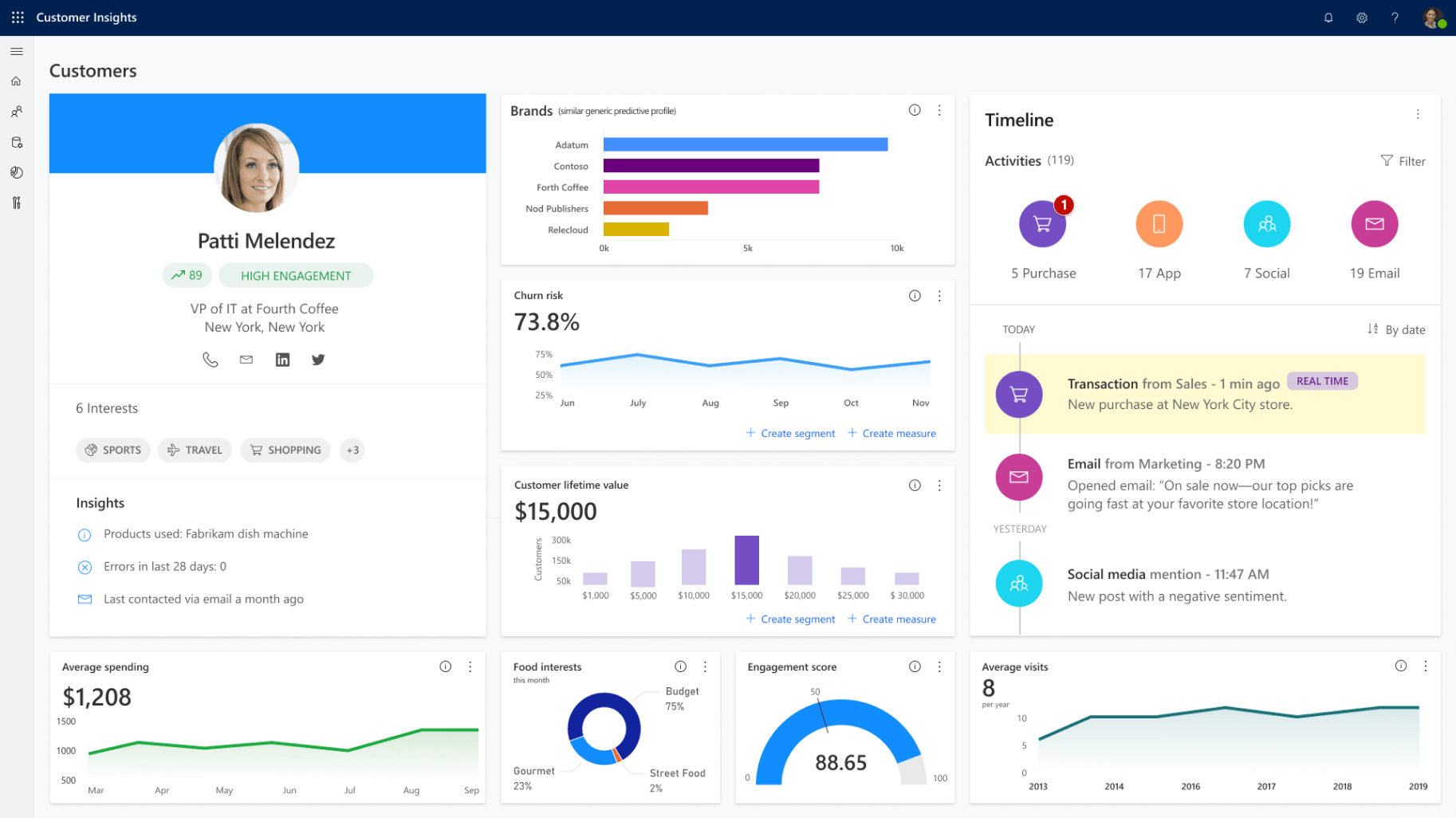
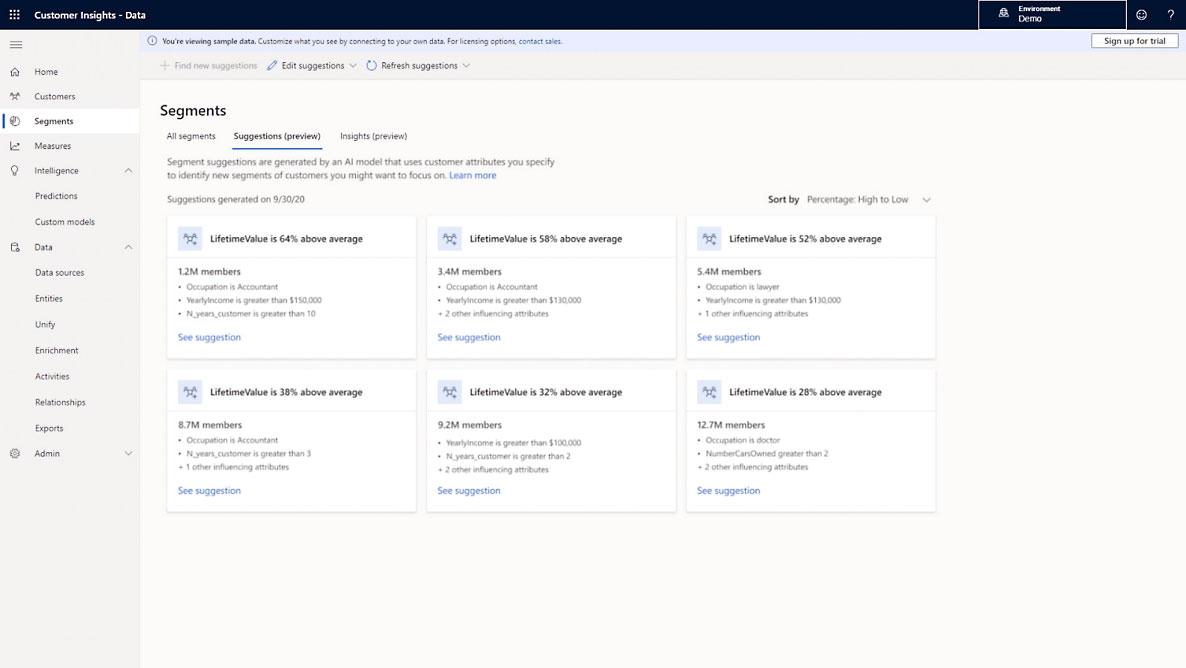
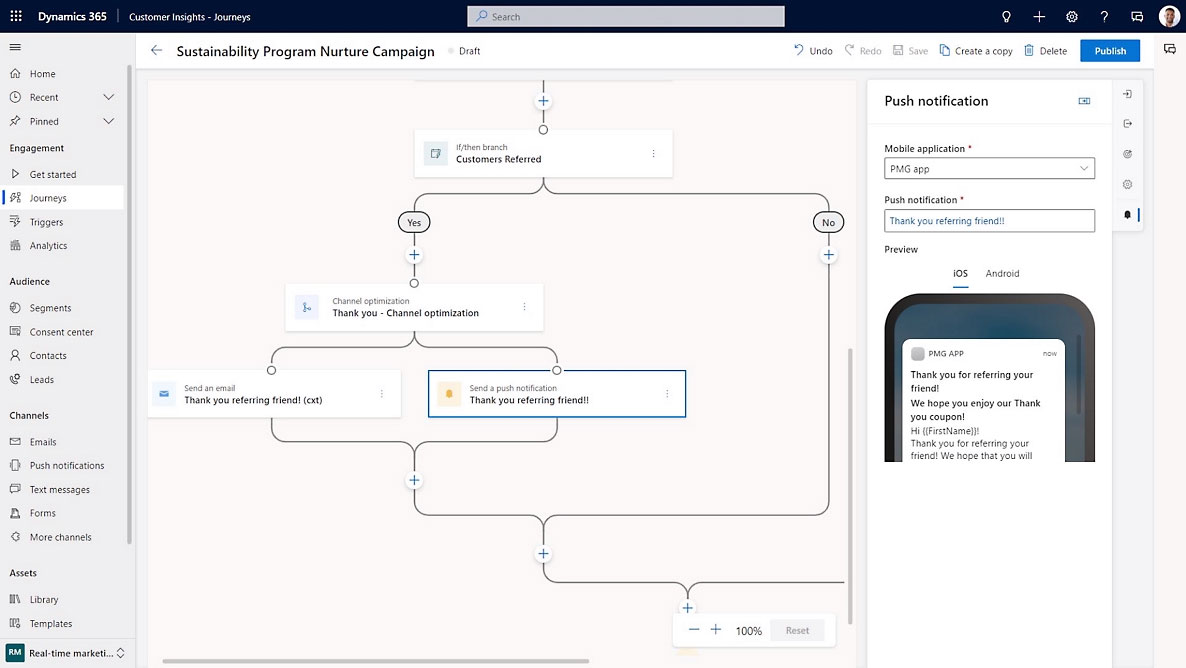
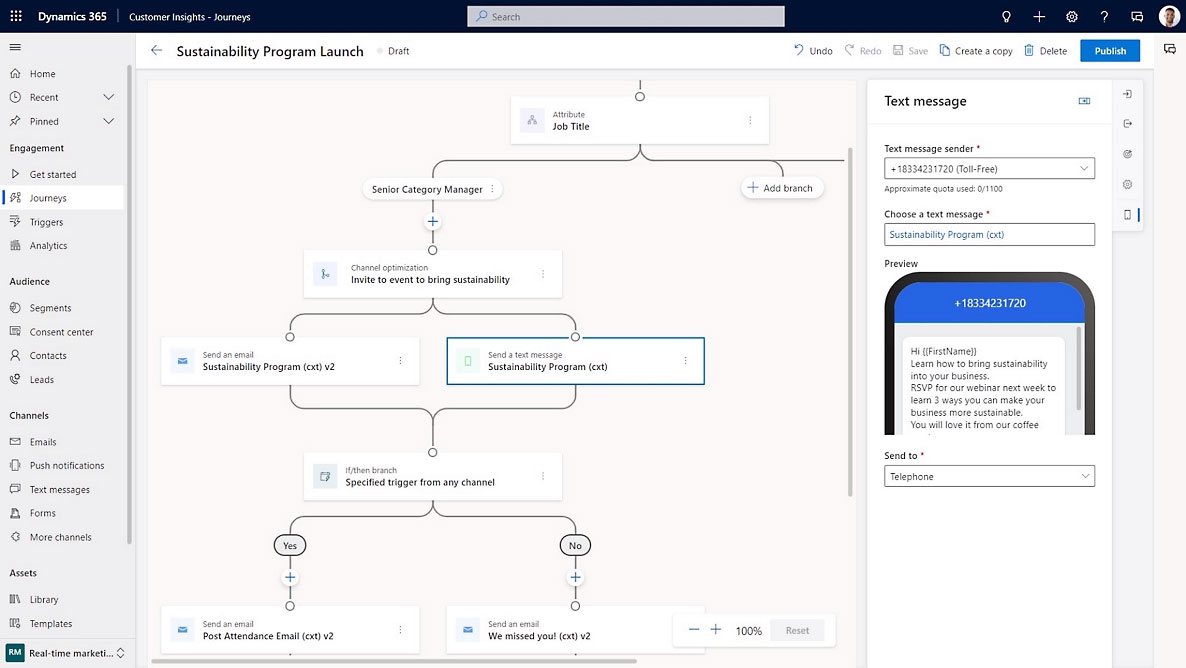

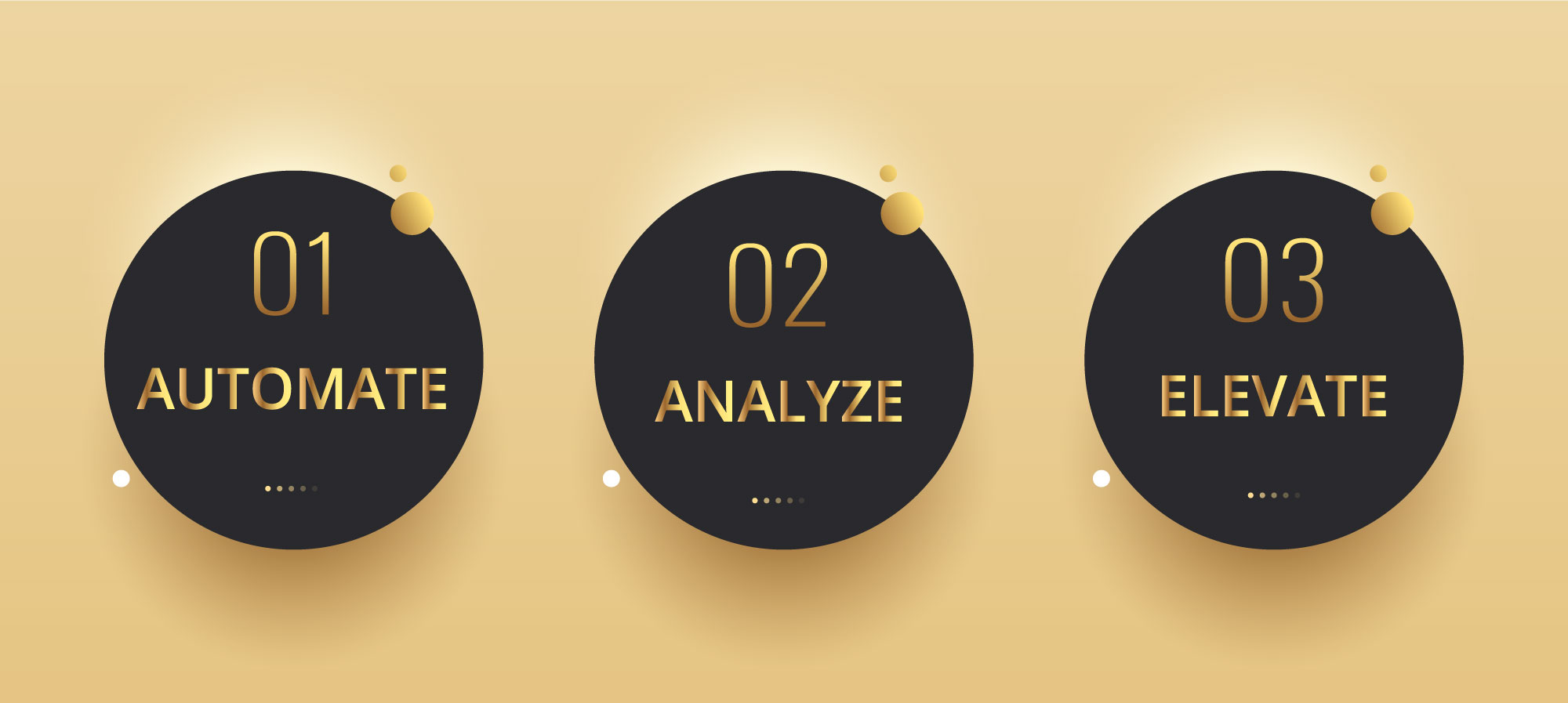

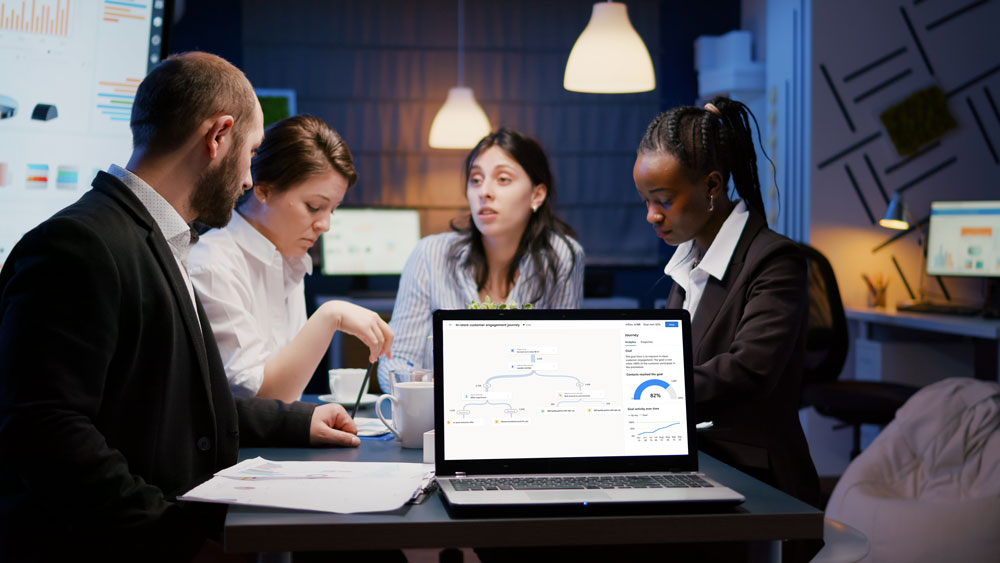
Recent Comments